Some impressions of sports played in Oehringen/Germany, April 2011.
For example volleyball, handball, football and dancing.
COMENIUS on the media: EUROPEAN STUDENTS IN ÖHRINGEN online article on http://www.stimme.de
INTERNATIONAL WEEK
Öhringen – The week before the Easter holidays was different at the Richard von Weizsäcker-school, as it was dedicated to the European diversity: More than 50 students from different European countries were hosted in Öhringen and learned about sport as part of a COMENIUS project funded by the European Union. They also learned about Germany, Hohenlohe, and the life at Richard von Weizsäcker school. Uwe Stiefel, project manager at the Öhringer School, received the guests with his colleagues from four European partner schools that returned the visit of the German students from last summer.
Topics
The Comenius project entitled “Cultural Change and Sports” led the foreign students and their teachers into the regular classroom at Richard von Weizsäcker, but also in thematic tasks, where typical sports of individual countries as pelota , petanque, gaelic football and cricket were presented. But excursions and activities were on the agenda of the international guests too. They went to the Olympic base at the Sports Institute of the University of Heidelberg and looked around at the various sports disciplines.
The guest were also introduced to sports activities in Hohenlohe and their roots in the local tradition. For many, the visit to the horse farm in Wörner Untersöllbach was a highlight of their stay in Hohenlohe. Annika Woerner led the young people through the riding school, stables and a large indoor arena. They also showed the students different jumps on the course. Those who wanted to could get a riding lesson with expert guidance, while the less adventurous with Hans Dieter Jäger did a few laps on the horse. The session showed how much the horse sport is cross-bordered and enables similarities and understanding beyond language barriers.
Reception
At the reception of the international guests by the City Hall Mayor, Dieter Pallotta underlined the importance of the European exchanges at all levels and among the various issues and especially when it promotes the mobility of young Europeans. His desire to take in the visitors’ minds a good image of Öhringen back to their European countries. Many of the guests were planning with their German exchange partners private visits to Öhringen.
Project leader and English teacher Uwe Stiefel evaluated his impressions at the end of a fulfilling and rich week. The involvement of Richard von Weizsäcker school in international structures raised as an important aspect of a cosmopolitan learning environment where curiosity and interest is conveyed.
ITINERARY: Planung 04-2011
http://www.youtube.com/watch?v=hSqP_Mi95Eo
http://www.youtube.com/watch?v=O5PNA-HJK4g&list=UUoPSNFZnGP7VwoAuuQyOL5g&index=6&feature=plcp
Last April I went to Germany with my classmates for a week. It was a student exchange. We did a lot of activities and a lot of work. We had prepared some Basque dancing lessons to teach them how to perform Courienta and Pxit (watch the videos on you tube). Some other students took part in the Comenius project, so they had to explain them how to do some Basque Rural sports. We trained a lot before going to Germany and recorded some videos.
In Germany, we had to ask about the German school system and wrote a report of the visit afterwards. We learnt that the education system is quite different. After kindergarten, students attend compulsory school for nine or ten years. From grades 1 through 4 children attend elementary school: GRUNDSCHULE. The subjects taught are the same for all. The main difference is that after the 4th grade, they are separated according to their academic results or abilities, although parents have the final say in some places, Grundschule teachers recommend the students one type of school or the other. As a result, they choose one of the three kinds of schools: Hauptschule, Realschule or Gymnasium.
Click here to continue reading what we found out: German school system and interesting facts we found out
PHOTOS: Click here to see the 4 photo albums. They have been published on another blog because I didn’t want to slow this one
PHOTOS DURING THE DANCING LESSONS;
TRIP, WELCOME AND TOUR IN ÖHRINGEN



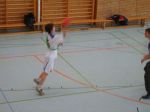
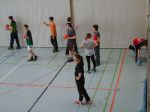

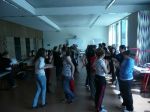
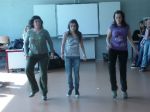



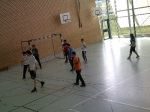
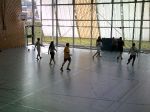





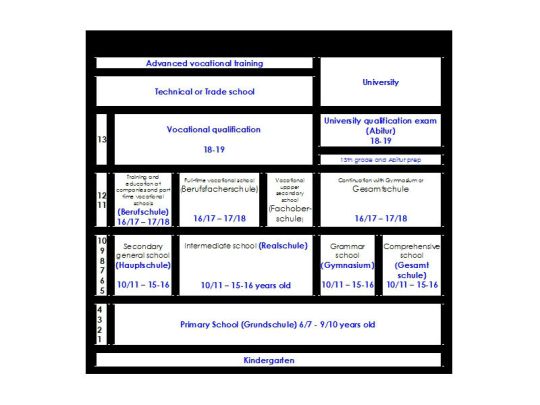
Written by rvwsoehringen
on April 14, 2011
Leave a comment